Jyotirlingas are holy sites in Hinduism where it is said that Lord Shiva took on an endless, brilliant form. Each of the twelve Jyotirlingas, which are dispersed throughout India, is extremely sacred. They are potent centers of pilgrimage and represent the boundless nature of Shiva. To add even more significance to the pilgrims’ trek, let’s examine the background, importance, and specifics of these hallowed locations.
What Are Jyotirlingas?
The Sanskrit terms Jyoti (meaning light or brilliance) and Linga (meaning a symbol or sign of Lord Shiva) are the origin of the phrase “Jyotirlinga”. Jyotirlingas depict Shiva as endless light, representing his transcendental, formless aspect, in contrast to conventional Shiva Lingas, which depict his terrestrial appearance. There are 64 Jyotirlingas, according to Shiva Purana, but only 12 are regarded as extremely fortunate and sacred.
Historical and Spiritual Significance
Since ancient times, the Jyotirlingas have served as the center of Hindu devotion. Every one of these twelve Jyotirlingas is thought to have a distinct tale of how Lord Shiva took that specific shape in order to aid his followers or vanquish bad forces. Worshiping at these sacred sites is supposed to help one achieve moksha, which is the release from the cycle of birth and death, as well as purify the soul and aid in conquering sins.
The 12 Jyotirlingas in India - A Detailed Look
Table of Contents
Location: Prabhas Patan, Saurashtra, Gujarat
Significance: Often referred to as the first Jyotirlinga, Somnath is highly esteemed due to its connection to Chandra, the Moon God, who begged Lord Shiva to bring back his lost brightness. The Somnath Temple has been pillaged by invaders like Mahmud of Ghazni on multiple occasions, leading to a complex history of destruction and reconstruction. Its majestic attractiveness is enhanced by its advantageous location beside the Arabian Sea.
Special Rituals: Praying here is thought to help devotees get well and avoid bad luck.
Location: Srisailam, Nallamala Hills, Andhra Pradesh
Significance: Perched on a hill, this temple represents the combination of divine feminine and masculine forces and is linked to both Lord Shiva and Goddess Parvati. The temple was dedicated, so the story goes, when their son Kartikeya ran away from home following a quarrel, Shiva and Parvati pursued him here.
Special Rituals: During auspicious seasons, especially during Mahashivaratri, devotees give the god special Abhishekas (ritual baths).
Location: Ujjain, Madhya Pradesh
Significance: Often called Mahakal, or the Lord of Time and Death, this is one of the strongest Jyotirlingas. This lingam, unlike others that are ceremoniously erected, is thought to have self-manifested (Swayambhu). Here, Lord Shiva is venerated as the victor over death.
Special Rituals: Every day at dawn, a special and potent ritual known as the Bhasma Aarti (aarti performed with sacred ash) symbolizes life and death.
Location: Mandhata Island, Narmada River, Madhya Pradesh
Significance: Situated on an island resembling the holy Om sign, this temple holds great significance. Legend has it that the gods called upon Lord Shiva in the guise of Omkareshwar to help them vanquish the monster Dantavakra.
Special Rituals: In order to obtain blessings, pilgrims circumambulate the island and take a holy plunge in the Narmada River.
Location: Kedarnath, Garhwal Himalayas, Uttarakhand
Significance: Kedarnath is one of the holiest sanctuaries for Hindus and is situated at a high altitude. After the battle of Mahabharata, it is thought that the Pandavas came here to ask Lord Shiva’s blessings in order to atone for their transgressions. Assuming the shape of a bull, Lord Shiva dove into the earth, and various body parts emerged at various sites, a phenomenon known as the Panch Kedar.
Special Rituals: The temple is only open from April to November for six months of the year because of the severe weather. Thousands of devotees travel to the temple during this period to ask for heavenly favors.
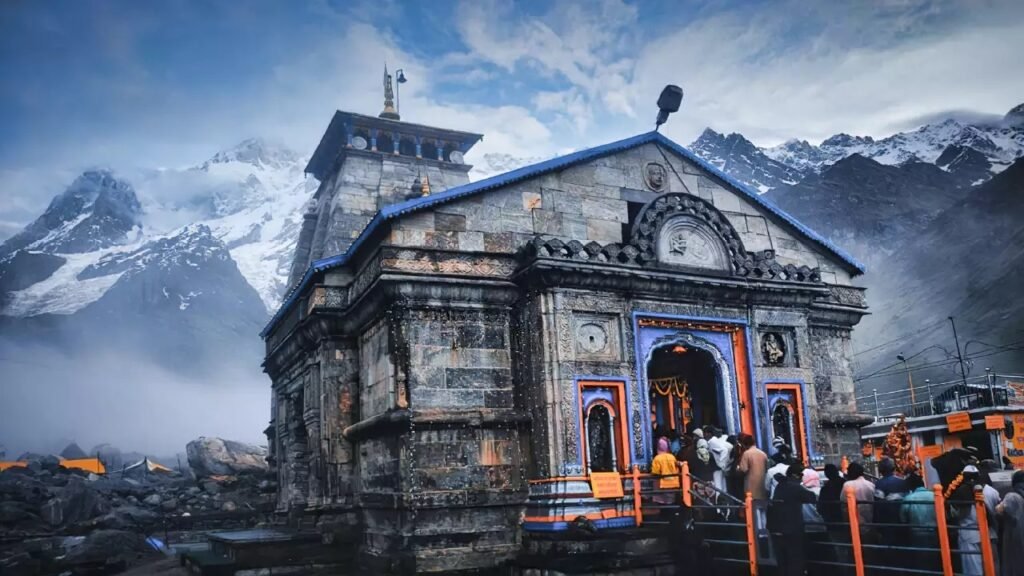
Location: Pune, Maharashtra
Significance: Nestled in the Western Ghats, Bhimashankar Jyotirlinga is surrounded by thick woods and verdant surroundings. It is thought that Lord Shiva took on the shape of Bhimashankar in order to save the universe from the demon Tripurasura.
Special Rituals: In search of spiritual comfort in the natural world, devotees frequently combine pilgrimages with nature hikes in the area surrounding the temple, which is now a wildlife sanctuary.
Location: Varanasi, Uttar Pradesh
Significance: One of the most venerated Shiva temples is Kashi Vishwanath Jyotirlinga, which is situated in the historic city of Varanasi. Hindus regard Varanasi to be the spiritual capital of India, and they believe that passing away in this city will lead to their liberation. Here, Shiva is revered as Vishwanath, the Lord of the Universe.
Special Rituals: For those seeking spiritual purification, attending the Vishwanath temple and the Ganga Aarti at the neighboring ghats can be a transformative experience.
Location: Trimbak, Nashik District, Maharashtra
Significance: Lord Brahma, Vishnu, and Shiva are represented by the three faces of the linga, which makes Trimbakeshwar unique. Situated at the most sacred source of the Godavari River lies the temple.
Special Rituals: To atone for past transgressions and ancestor curses, this place performs rituals such as Kalsarpa Shanti and Narayan Nagbali.
Location: Deoghar, Jharkhand
Significance: Known by another name, Baidyanath Dham, this Jyotirlinga is connected to the story of Ravana, who came here to worship Lord Shiva in order to acquire great powers. It is thought that Shiva appeared to Ravana as a physician (Vaidya) in order to heal him after his pleas were heard.
Special Rituals: During the month of Shravana, the temple is crowded with devotees participating in the Kanwar Yatra, a pilgrimage that involves carrying holy water.
Location: Dwarka, Gujarat
Significance: It is thought that Nageshwar shields followers from all forms of poison, fear, and evil. The story goes that Lord Shiva appeared here and protected a devotee named Supriya from a demon.
Special Rituals: Here, devotees pray to be shielded from illness, poison, and negativity.
Ramanathaswamy Jyotirlinga (Tamil Nadu)
Location: Rameswaram, Tamil Nadu
Significance: After vanquishing Ravana, Lord Rama prayed to Lord Shiva on Rameswaram Island, seeking forgiveness for his transgressions. This Jyotirlinga is situated there. In South India, it is one of the most popular pilgrimage sites.
Special Rituals: Before entering the temple for darshan, pilgrims bathe ritualistically in 22 holy wells (Theerthams).
Grishneshwar Jyotirlinga (Maharashtra)
Location: Ellora, Aurangabad, Maharashtra
Significance: Grishneshwar, the smallest Jyotirlinga, is situated next to the well-known Ellora Caves. The temple was established because it is thought that Lord Shiva honored a woman named Ghushma here after she demonstrated great devotion.
Special Rituals: In order to bestow blessings for a happy and prosperous life, devotees perform the Shiva Lingam Abhisheka, which is the pouring of sacred water, milk, or honey.
Benefits of Visiting Jyotirlingas
Hindus believe that viewing any one of the twelve Jyotirlingas, or all twelve, confers great spiritual value. Worshipping at a Jyotirlinga can help devotees attain prosperity, health, money, and peace because each one is a wellspring of heavenly energy. There are numerous spiritual advantages to visiting Jyotirlingas, and each temple bestows special blessings:
1. Spiritual Upliftment: The Jyotirlingas are spiritual hubs where one can sense Lord Shiva’s heavenly presence, not only temples. Inner calm and a higher spiritual consciousness can be attained by worshiping at these locations.
2. Moksha (Liberation): In Hindu mythology, pilgrims who visit these hallowed sites and make prayers are able to achieve moksha, which releases them from the cycle of life and death.
3. Sin-Clearing: It is thought that the Jyotirlingas absolve followers of their transgressions. Devotees of Lord Shiva think they can be absolved of previous karmic debts by completing rituals like Abhisheka and Parikrama (circumambulation) and asking for Lord Shiva’s blessings.
4. Healing Powers: Certain Jyotirlingas, such as Vaidyanath, are connected to restorative and revitalizing properties. These temples are frequently frequented by sick devotees who come asking for divine intervention for better health and wellbeing.
5. Protection from Evil: It is said that worshiping at Jyotirlingas like Nageshwar offers defense against negative energy, evil powers, and bad luck.
Conclusion
The twelve Jyotirlingas offer a profound connection to the divine and symbolize the omnipotent and omnipresent form of Lord Shiva. Not only are temples sites of worship, but they are also archives of Indian culture, legacy, and customs, with each one having its own distinct tale, background, and spiritual importance.
In addition to being a place of worship, the Jyotirlingas offer pilgrims a life-changing experience that includes blessings for a better life, serenity of mind, and spiritual rewards. The Jyotirlingas continue to entice millions of devotees, solidifying their position at the center of Indian spirituality, whether it is because of the majesty of Somnath, the tranquility of Kedarnath, or the age-old aura of Kashi Vishwanath.
The Jyotirlinga yatra is one of the most fruitful pilgrimages one may go on if you’re seeking a spiritual journey. You can establish a spiritual connection with the divine and participate in a long-standing custom that has influenced India’s spiritual landscape by traveling to these hallowed locations and asking Lord Shiva for his blessings.
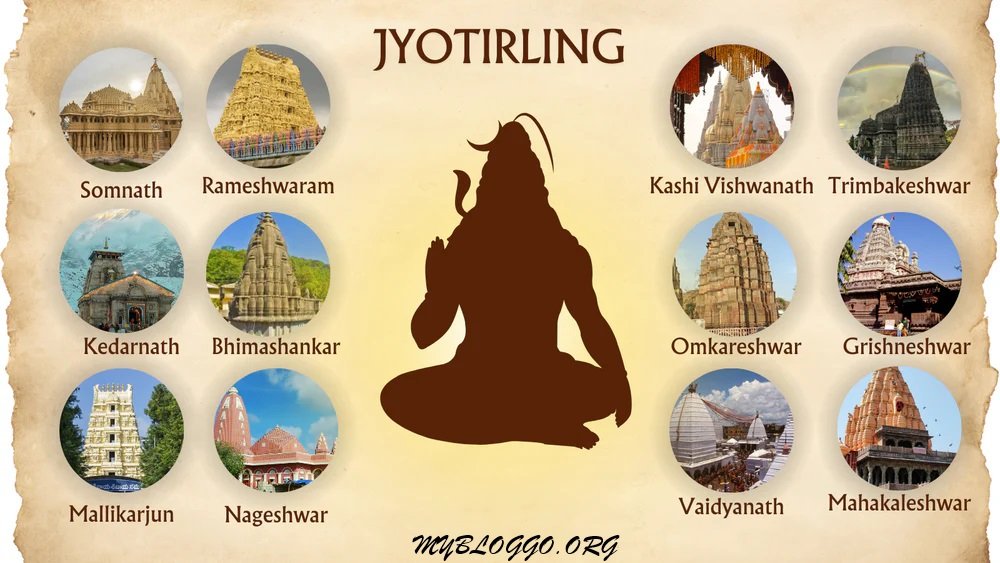
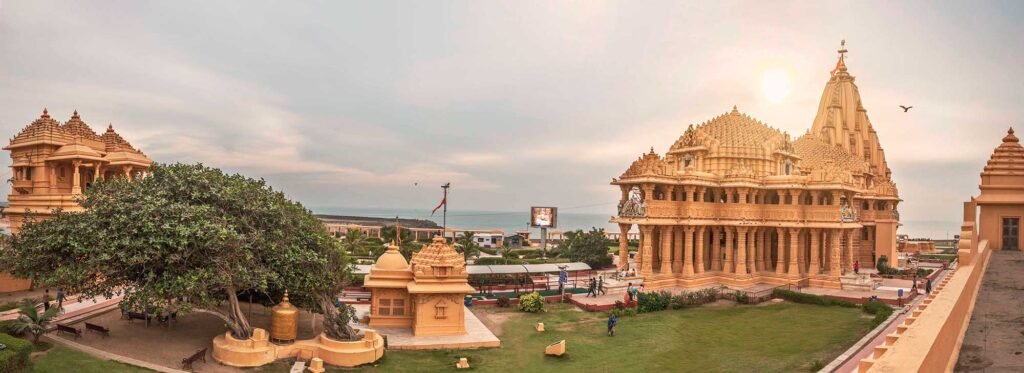
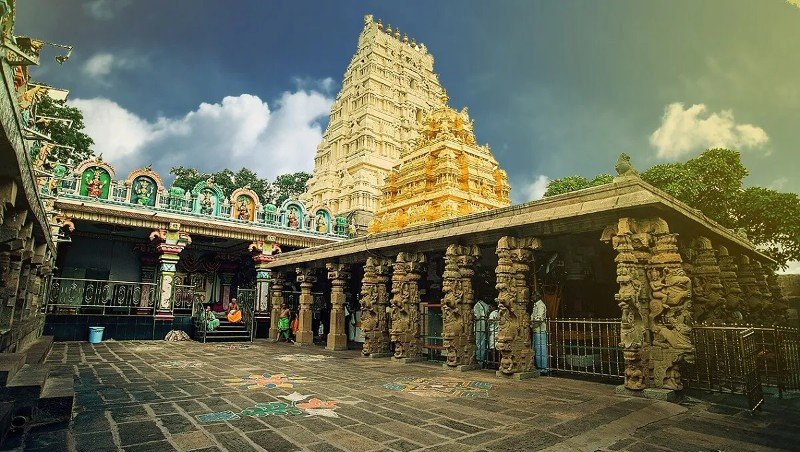
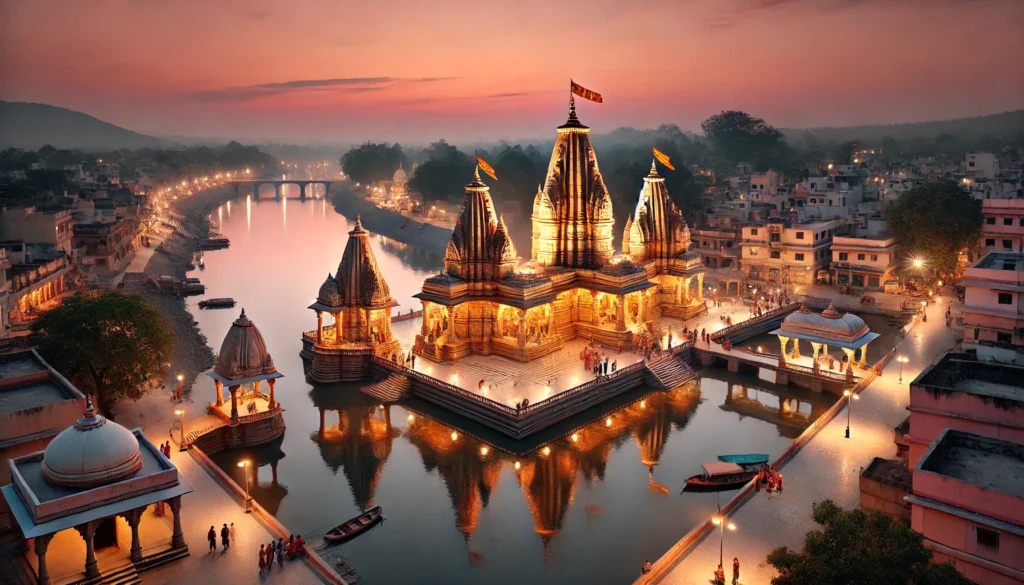
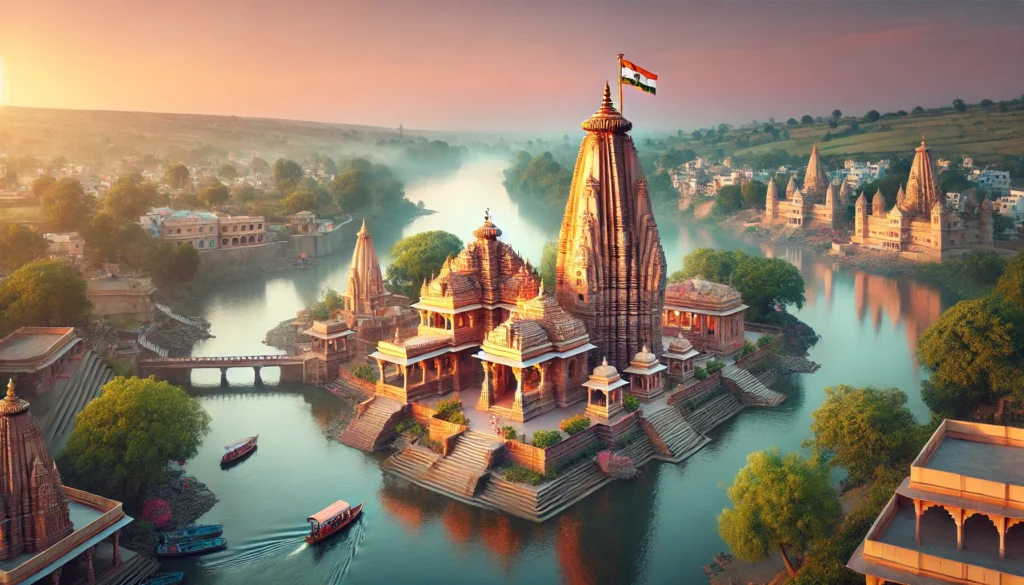
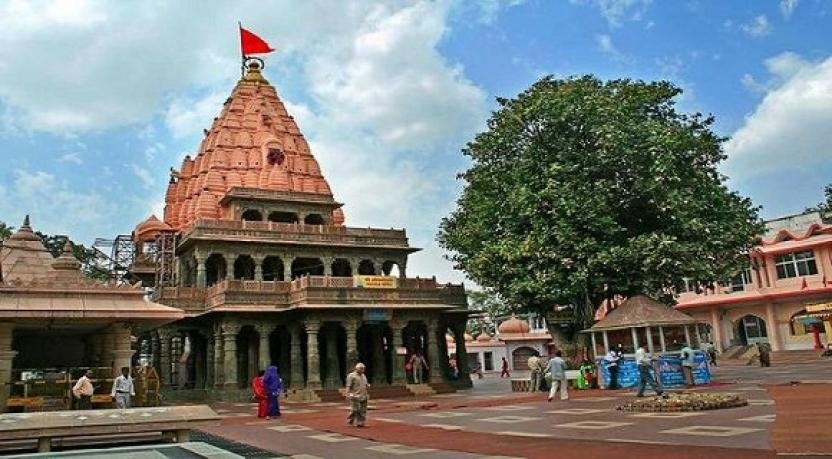
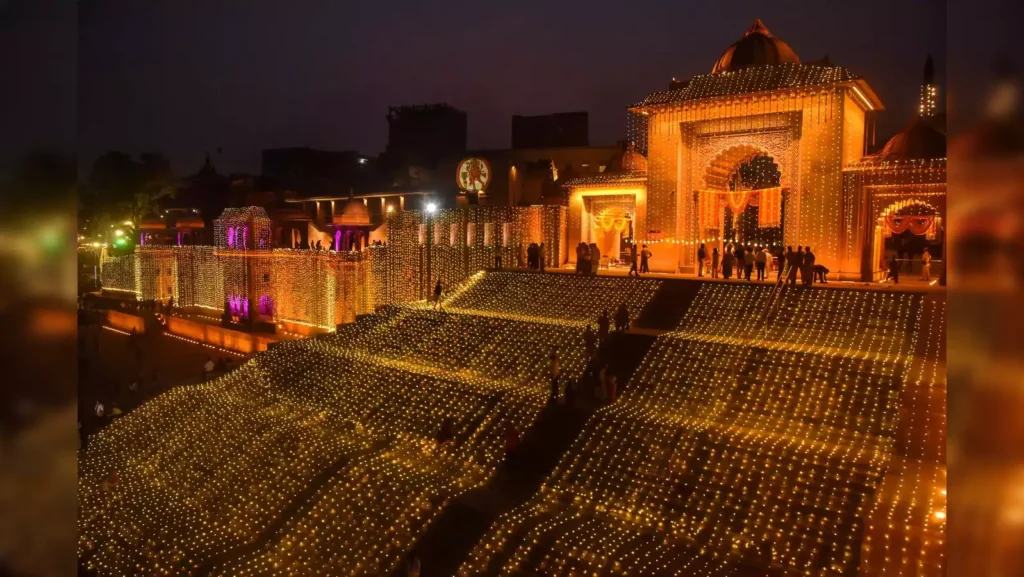
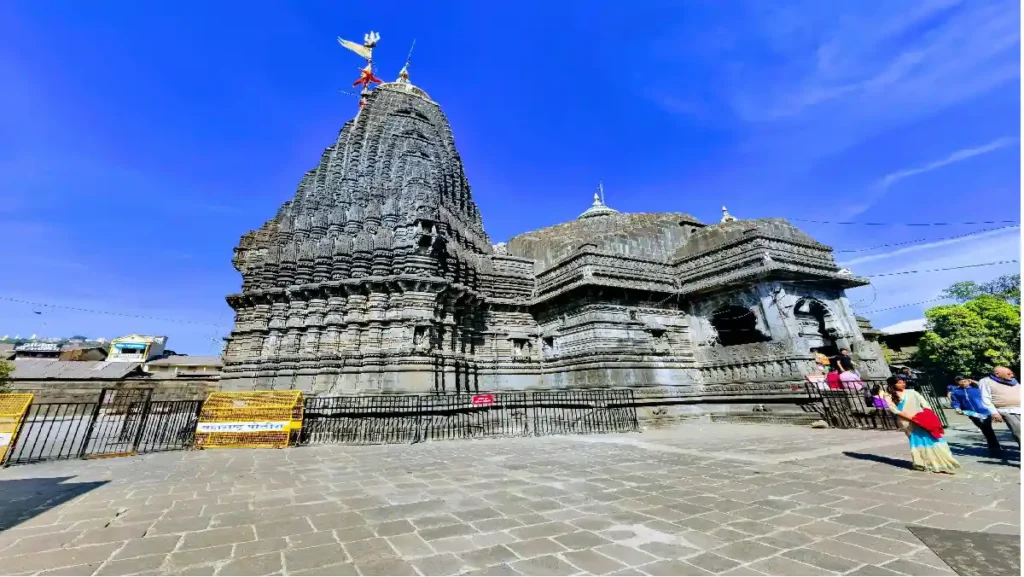
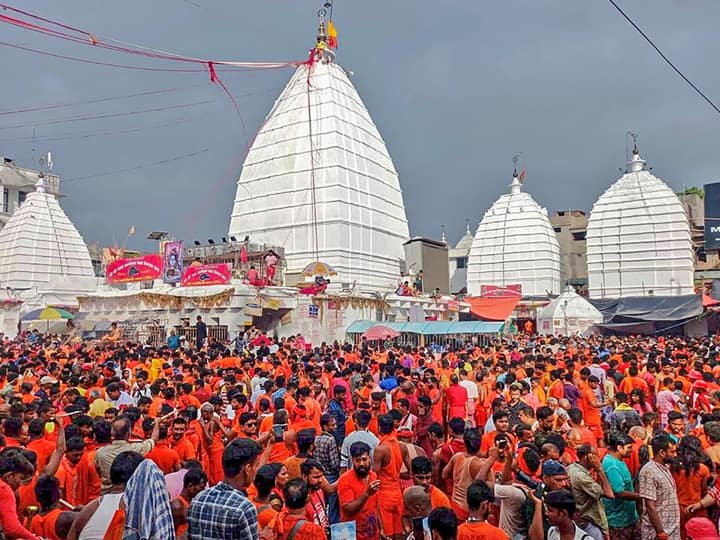
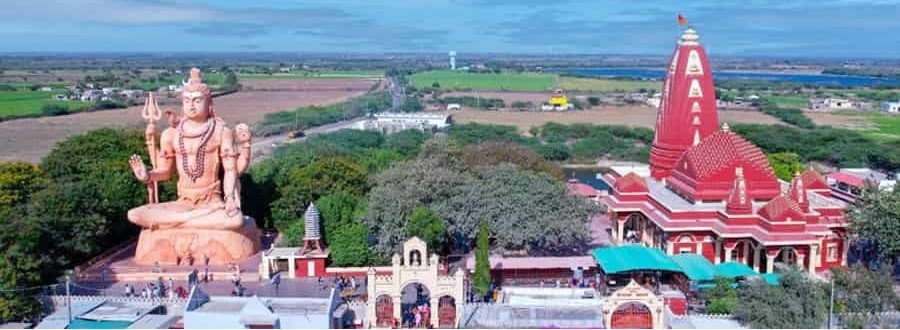







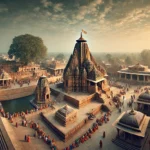
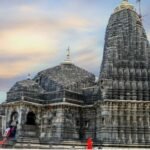


very helpfull website to know about any famous palace and it will be help you when you are going some where in india ..